The Cornell Ornithology Lab’s BirdNet lets you upload audio files of bird calls and identifies the birds. I tried it with this file (BirdCall01.m4a) recorded near school, and it identified Red Shouldered Hawks (about 6 seconds in).
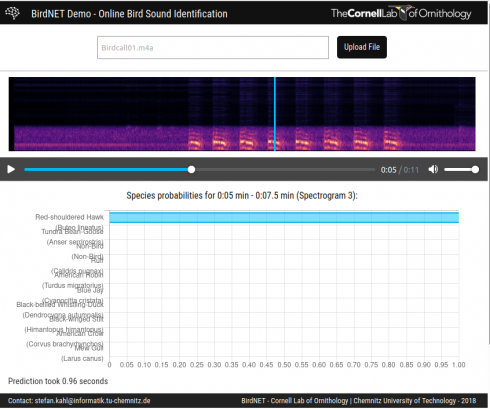
Middle and High School … from a Montessori Point of View
The Cornell Ornithology Lab’s BirdNet lets you upload audio files of bird calls and identifies the birds. I tried it with this file (BirdCall01.m4a) recorded near school, and it identified Red Shouldered Hawks (about 6 seconds in).

The reintroduction of wolves to Yellowstone National Park resulted in enormous changes to the ecology: more plants and animals as the wolves reduced the deer population and changed the deers’ behavior. The change in vegetation resulted in stabilization of the rivers, so the wolves changed the geomorphology of the park as well.

Sometimes I ask my students if we’re not just giant mechs for our microbial symbionts. After all, they outnumber us by about 10 to 1–in our own bodies. Rob Knight’s TED talk stokes my curiosity.
This spring I was nominated by my head of school for a small, Teacher of Distinction award offered by the Independent Schools of St. Louis (ISSL). I proposed to get a survey transit that our students could use to map ecological change on campus. My outdoor group has been slowly cutting down the invasive Bradford pear saplings on the slope and I’ve been curious to see if mapping their locations would help us better understand where they’re coming from.

The transit would also be a great tool for math. Geometry, algebra, and pre-calculus classes could all benefit because surveying can require quite a bit of geometry and trigonometry.
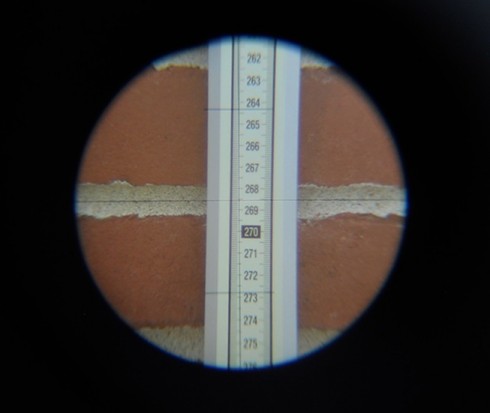
So, I’ve started training a few of my outdoor group in making the measurements. They’ve spent a few weeks learning how to use the transit; we only meet once a week so it goes slowly. However, we’ll start trying to put marks on paper at our next class.
Outdoor cats are probably the largest anthropogenic reason for declining bird populations in North America: it’s estimated that they kill a couple billion each year. You can see the cats in action at the National Geographic and the University of Georgia’s Kitty Cams, which attaches small cameras to outdoor cats.
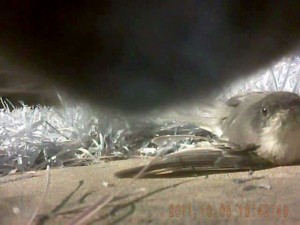
My biology class is wrapping up our section on ecology. We started by putting together a food-web of all the plants and animals that we’ve found on campus. Now we’re trying to fill in some of the missing organisms, including cats.
The Heifer Ranch is home to quite the variety of large spiders, including the tarantulas we found a couple years ago. Most of them work hard at keeping the insect pests down. Here’s a collection of some of them we ran into this year.
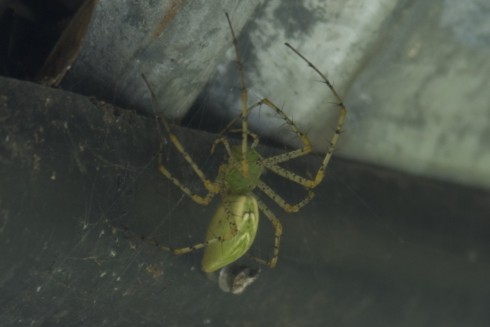
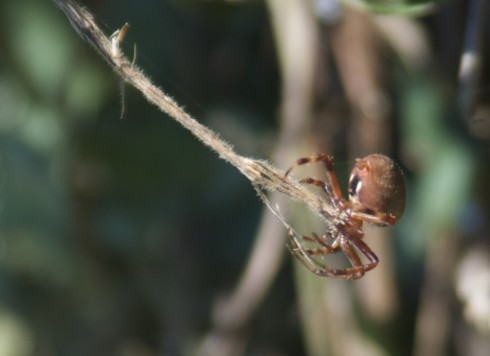
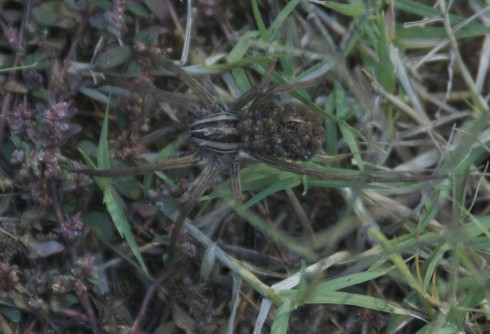
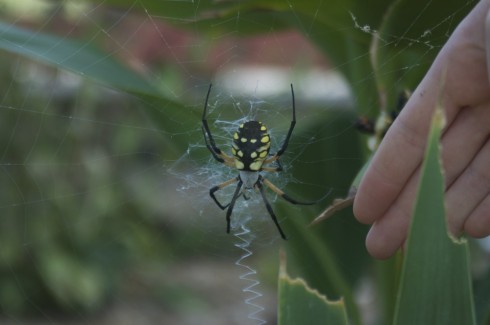
Ms. Mertz believes she found some feline tracks in the soft sediment next to the puddles in the creek that may belong to a bobcat. Or maybe a large housecat. Unlike canine tracks — like dogs and coyotes — felines don’t leave claw marks in their tracks.
The Michigan DNR has a nice comparison of bobcat to other tracks, while the Missouri Dept. of Conservation has a nice reference of common animal tracks for the state.
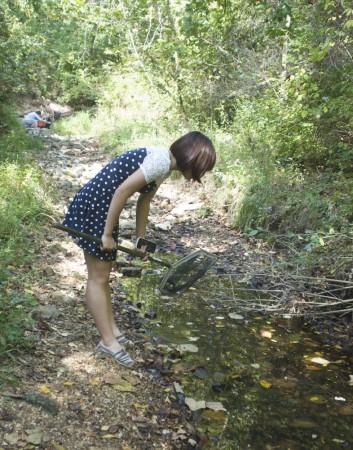
The puddles along the creek’s bed are getting smaller and smaller. Last week, Ms. Mertz’s class was out doing their ecological survey of the creek life lead by Ms. Currier. They still found lots of arthropods, frogs and some fish concentrated around the remaining puddles.